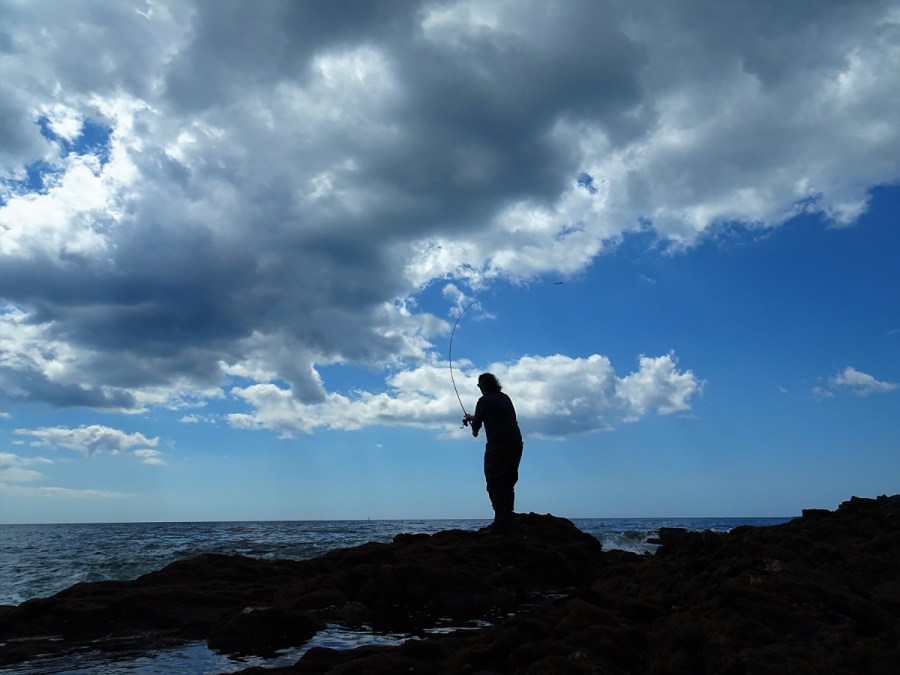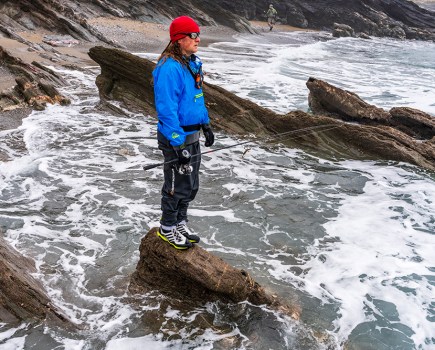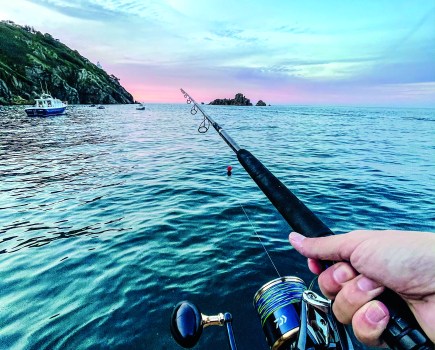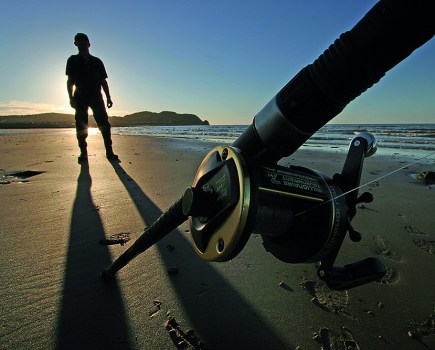Lure fishing is addictive: more so than all other forms of fishing. Once you’ve been successful for the first time a whole new world of angling opens up to you and the buzz of excitement in anticipation of a fish hitting your lure never leaves you. For those getting into lure fishing that first fish can be a long time coming – lure fishing is by no means easier than any form of fishing – but the satisfaction and reward of having successfully found and outwitted your target species will keep you coming back for more. Here’s how to get started.
This is a sponsored article in partnership with Pure Fishing.
What species can you catch when lure fishing?
Whatever kind of lure you are using you will be targeting predatory fish that are hunting bait fish which your lure of choice is mimicking. Commonly lures are designed to represent sandeels, joey mackerel, small pollack or fry of various species. Bass, mackerel, pollack, wrasse, coalfish and garfish are your most common target species from the shore depending on which part of the UK you are fishing and the time of year.
What tactics should I use for lure fishing?
Working out what your target species is feeding on will give you a definite advantage when it comes to getting bites. Is the sea alive with shoals of sandeels? Then a lure mimicking an injured sandeel will be what the fish will be tuned into feeding on at that moment. Are the pollack lying low in deep water? Perhaps you need a heavier lure to reach them. This isn’t an exact science though so changing lures and moving around to cover more ground is often a good idea. Travelling light and staying mobile allows is always a good idea when lure fishing. If the fish don’t come to you then you must go to them!
When should I go lure fishing
Tides can play a large factor in when fish are present and feeding. This requires specific local knowledge: what works in one location might not somewhere else. Fishing marks repeatedly, as well as getting any advice you can from locals, will help you work out when the catching window is for a particular area. One factor that is pretty much constant wherever you fish is the light levels: dusk and dawn are by far the most productive times to fish as the darkness provides predatory hunters with cover to hunt and the baitfish more confidence to move into shallow water to feed. Don’t be surprised if you start getting bites as soon as the sun hits the horizon. Overall dawn seems to be more productive then dusk but involves an early start, particularly in the middle of summer.
What tackle do you need for lure fishing?
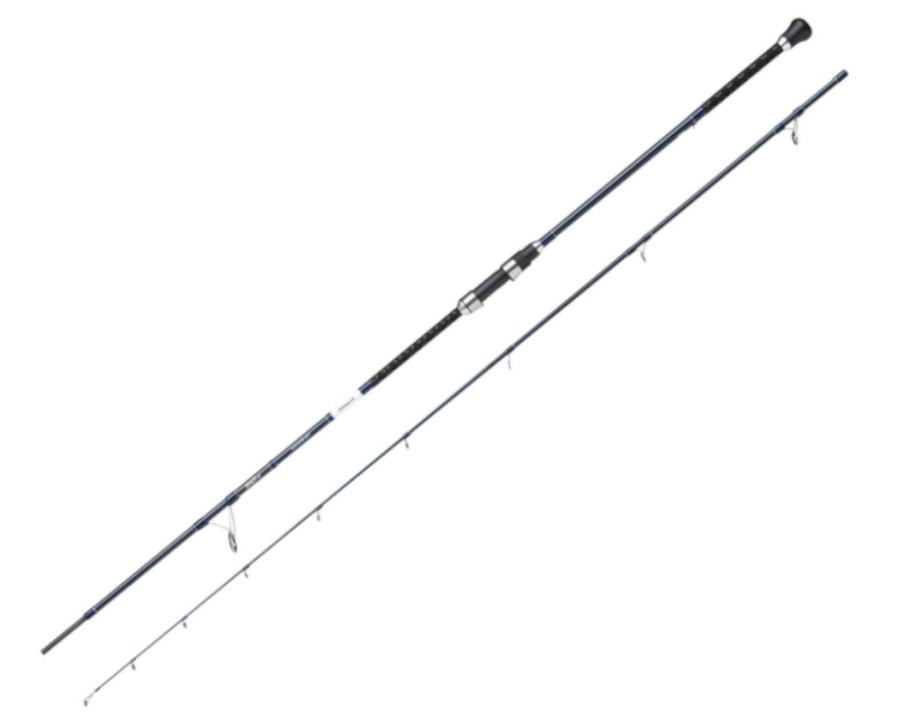
Spinning rods paired with a fixed spool reel are ideal. Rods are rated to cast lures of different weights and typically come in lengths from eight to 10 feet. The Shakespeare SALT XT rod is a great example of a rod designed to tackle most UK species from the shore. The two-piece rod comes in two versions: a nine-foot version rated to cast lures from 20g-60g and a heavier 10-foot version rated to cast heavier lures from 40g-80g. The rods are designed with a fast taper action to maximise casting distance. The SALT, as the name suggests, is designed for saltwater and benefits from corrosion resistant k-type guides that prevent your line getting wrapped around the guides and breaking. At £64.99 the SALT XT is both affordable and good quality for anyone getting into lure fishing for the first time.
The most significant decision to make in your reel choice is the size. Fixed spool reels are rated from 2000-10000 indicating their line capacity, although this system isn’t standardised so reels of the same size across different brands may differ. Reels in the 3000-4000 bracket are perfect for most UK shore-based lure fishing. The next decision is what line to use on your reel and the choice is between monofilament or braided line. Both have their benefits and drawbacks but in general the trend over recent years has been to move to braided line for lure fishing. Why? Braid tends to be much thinner allowing you to cast further. Unlike monofilament it doesn’t stretch and gives you extremely sensitive contact with the lure and a much more direct experience when playing a fish. The downsides to braid can include wind knots, the expense, the need for a leader (most commonly fluorocarbon) and a low resistance to abrasion on sharp object such as rocks and barnacles. Whatever reel and line you choose try to make sure it is saltwater resistant and look after it with regular maintenance.
The Shakespeare SALT XT rod would be ideally paired with the Shakespeare SALT FD fixed spool reel which comes in 2000-6000 sizes. As well as being saltwater resistant it benefits from a robust aluminium frame and handle, a smooth retrieve due to six ball bearings and a smooth front drag. It’s suitable for all types of UK lure fishing from the shore and at £44.99 for the 3000 size allows you to get set-up for lure fishing with a quality saltwater lure fishing outfit for under £110.
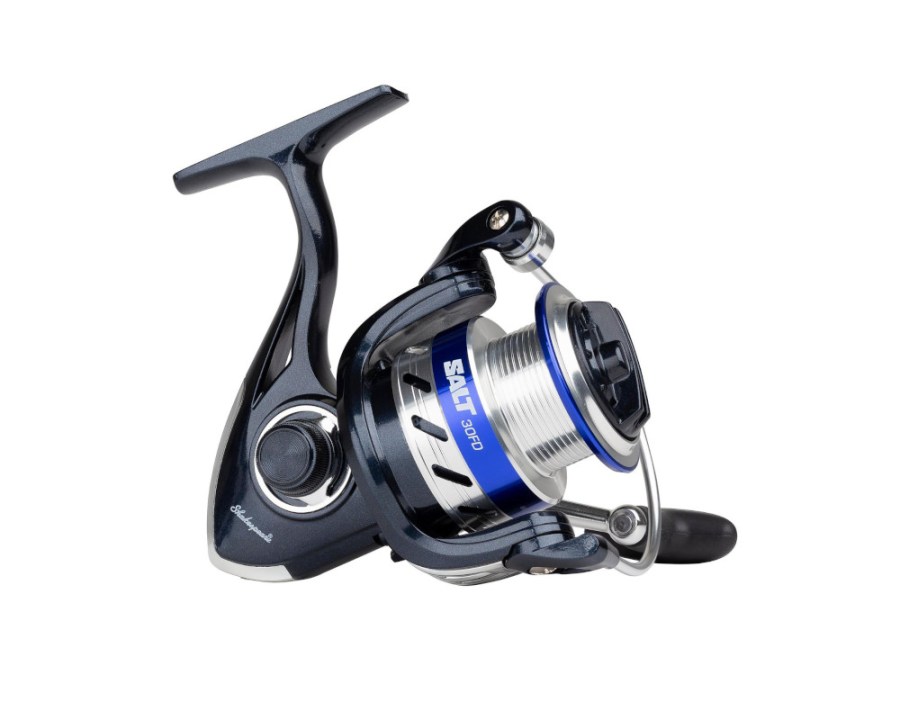
LURE CHOICE
Once you get into lure fishing it’s easy to develop an expensive lure purchasing habit! The range of options is virtually limitless and far beyond what any angler could use in a lifetime. The range can not only be mind boggling but also pretty confusing for the newcomer. It needn’t be that complicated though. Here is a basic guide to get you started.
HARD LURES:
Hard plastic lures are designed to fish at different depths without the need for additional weights. The lures will dive to a set depth when you retrieve them. Benefits include good casting distance, a huge range of different models and they are easy to use. Disadvantages include their ability to get snagged – most hard lures have at least two sets of treble hooks.
SOFT LURES:
Soft plastic lures can be fished with or without additional weights. Many are designed to fish with the single hooks pointing upwards, minimising snagging, and many others are designed to be rigged as ‘weedless’ lures where the hook point is hidden in the body of the lure which is then exposed when the fish takes the lure. Another benefit of soft lures is the ability to change the weight of the lure, or change the lure without changing the weight as well.
METAL LURES
Wedges, spinners, and other metal lures are all still available and catch plenty of fish. As well as being considerably cheaper than many hard and soft plastic lures metal lures can be more robust when fishing over rocks and rough ground as well as having the advantage of weight which helps with casting distance and when fishing into an onshore wind. Metal lures can also be jigged vertically which is an advantage when fishing in deep water.
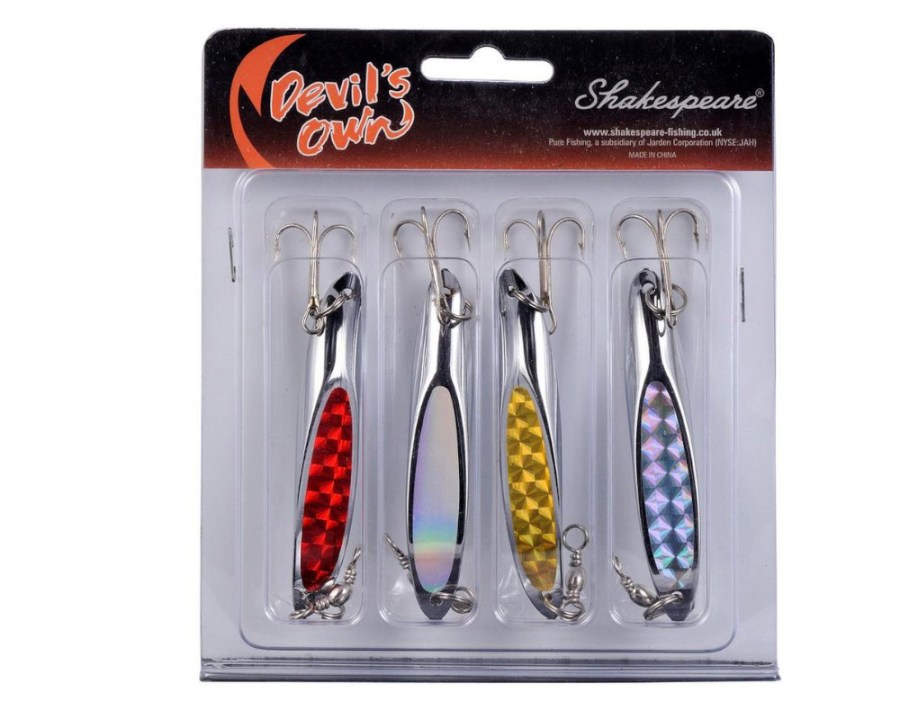
WADERS
A lot of lure fishing is done at close quarters to the water, hopping amongst rocks or standing in the surf. For much of the year a good pair of waders are the next essential item after rod, reel, and lure choice. Chest waders keep you warm as well as dry and allow you to search out marks you couldn’t otherwise reach. Breathable waders with wading boots are the waders of choice for many die-hard lure anglers but neoprene waders with boots – with or without studs – are considerably cheaper and perfectly good for most circumstances – particularly for those tipping their toe into lure fishing for the first time. For £119.99 the Sigma neoprene waders from Shakespeare are fantastic value for money and well suited to lure fishing from any beach, rock mark or estuary.
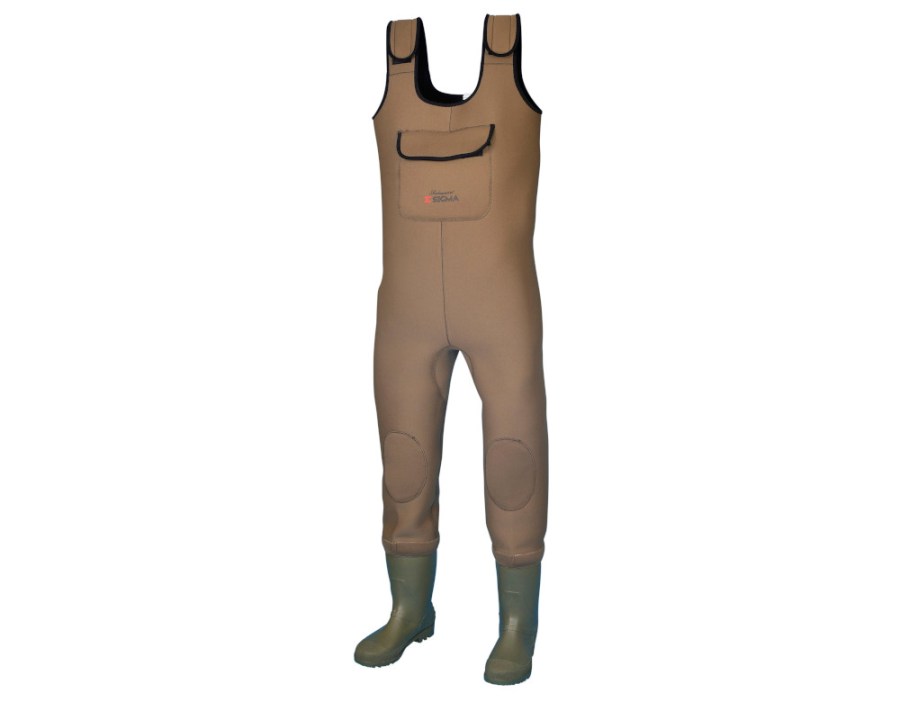
Once you’ve got started why not take your lure fishing to the next level with 100 pages of tips, techniques, tackle and much more in the Sea Angler guide to lure fishing. Available now through the Kelsey Shop Lure Fishing – Sea Angler Guides | Kelsey Media

